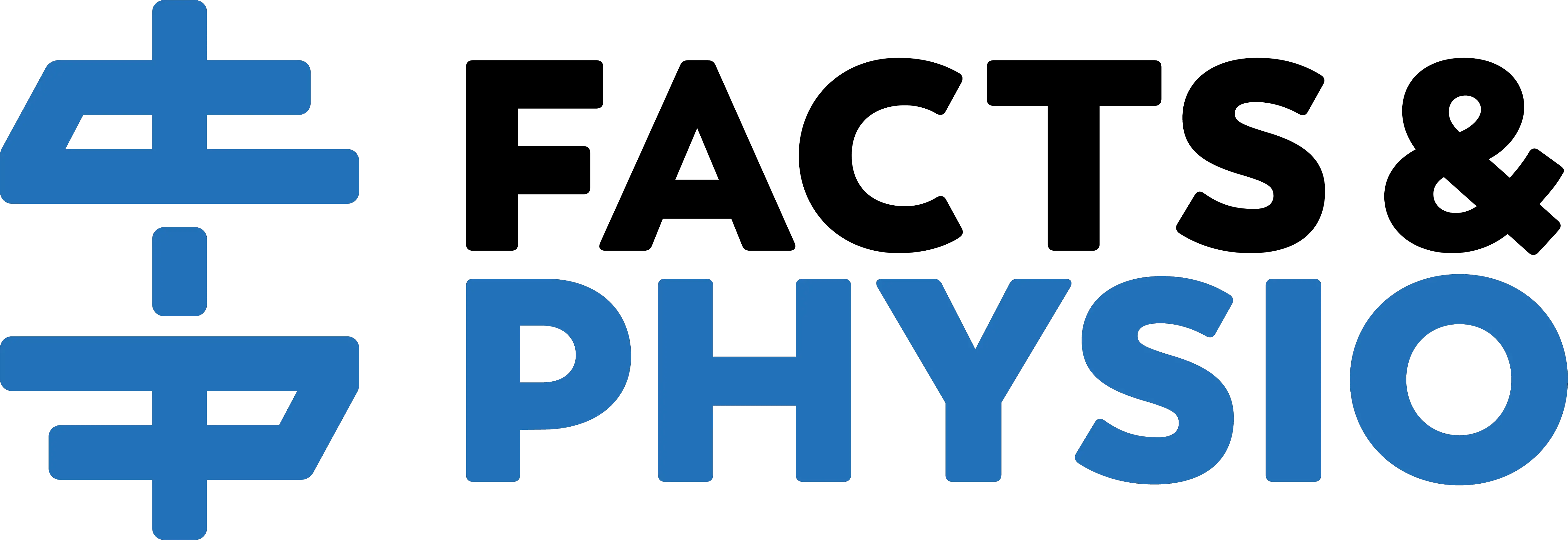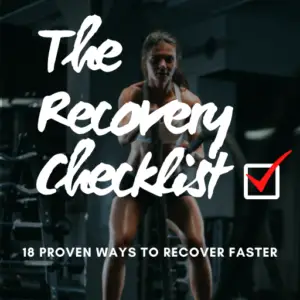I have a built-in stress meter: my neck. It hurts when I have a stressful week or don’t sleep enough.
My neck has enjoyed an easy life. I usually sit with good posture. Mom didn’t let me play football growing up…I golfed instead. And golf isn’t exactly a contact sport.
Neck pain had nothing to do with the 3 times I failed physical therapy.
Nonetheless, I notice stress-related neck pain once or twice a month. It’s nothing to worry about. The pain is predictable; it stays in the middle of my neck and doesn’t radiate down my arm. And it goes away when I sleep 8+ hours.
I’m Not Special
My experience isn’t unique. Many of my physical therapy patients hurt more when they feel stressed. Few PT treatments are more powerful than exercise and trigger point dry needling. But the benefits of a 10-day beach vacation come close!
Two Models
Pain is complex. Two models try to make sense of it.
The patho-anatomical model views the human body as a machine. Pain occurs when tissue is damaged or broken. Treatments aim to re-align, balance, or replace damaged parts. In this model, your body is like a car.
The bio-psycho-social model (BPS) sees the human body as an organism. Pain is complex and influenced by many factors.
Treatments address relevant factors to create an environment conducive to healing and recovery. In this model, your body is like a plant.

Which is Right?
Both models contain seeds of truth. But the patho-anatomical model is outdated.
Your body isn’t a machine. Machines don’t have feelings, hobbies, sleep schedules, and loved ones that affect their well-being. Nor do they have amazing healing capabilities. But you do!
The BPS model accounts for factors that make us human. Pain relief isn’t constrained to “find and fix the problem.” There are many routes to pain relief.
My neck pain resolves with stress management, neck exercises and sleeping better.
What Now?
If stress worsens your pain, try these 4 strategies for stress (and pain) relief:
- Sleep More: Most adults need 7-9 hours of sleep per night. On average, Americans sleep just 6.8 hours per night.
- Exercise: Physical activity can work wonders for anxiety, high stress levels and poor sleep. If you’re new to exercise, start with walking or another low-impact exercise.
- Find Social Support: Humans are made for community. Spending time with loved ones and doing activities you enjoy is an underrated component of pain relief.
- Try Cognitive Behavioral Therapy: Rooted in the Greek philosophy of Stoicism, CBT is a proven treatment for insomnia, anxiety, depression and chronic pain (Hanscom 2015).
Readers: Do you notice a relationship between your stress levels and pain? Are there other factors that affect your aches and pains? Let me know in the comments.
For more evidence-based insights you won’t find anywhere else, join the free, fast-growing Facts & Physio Newsletter. Plus, get The Recovery Checklist when you sign up.

